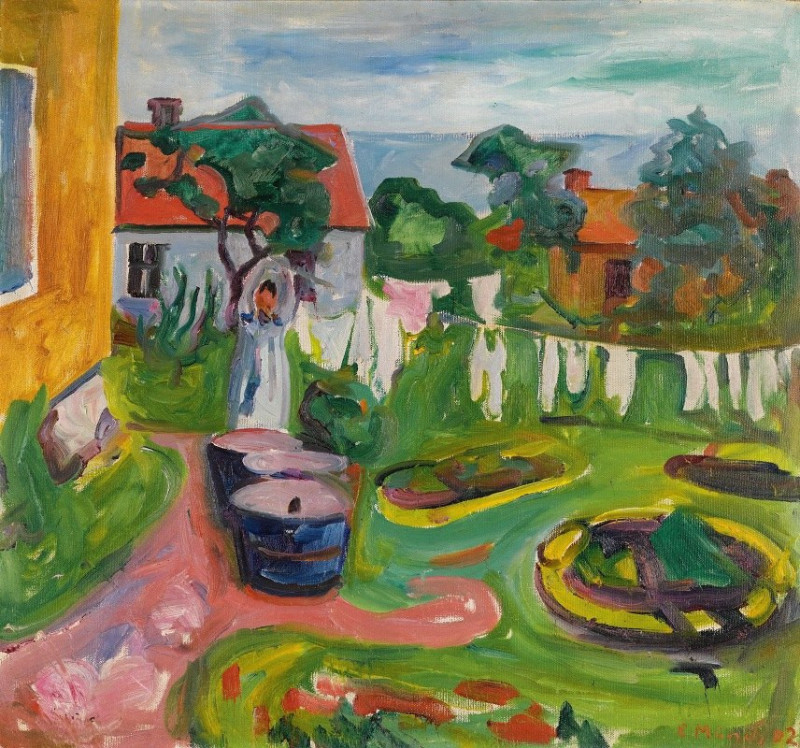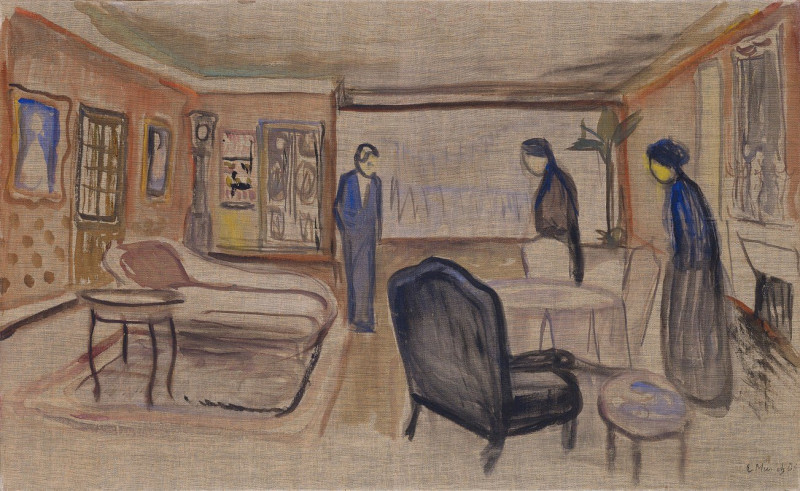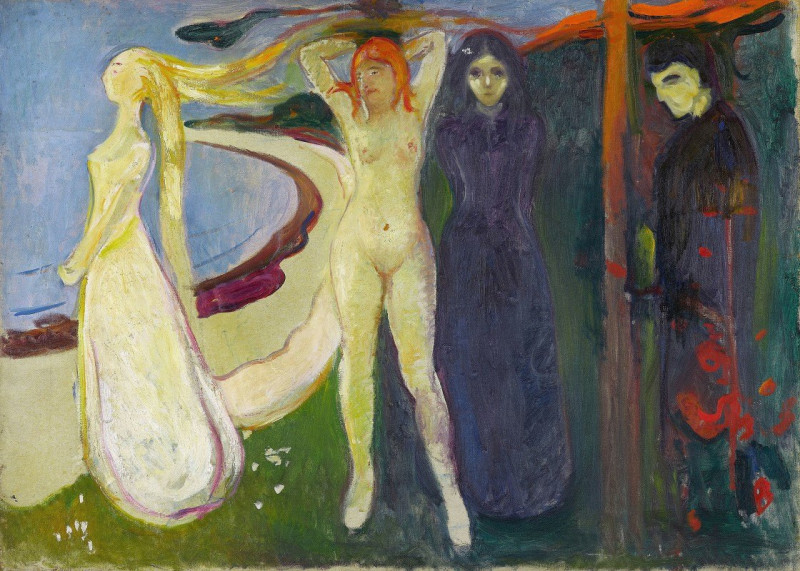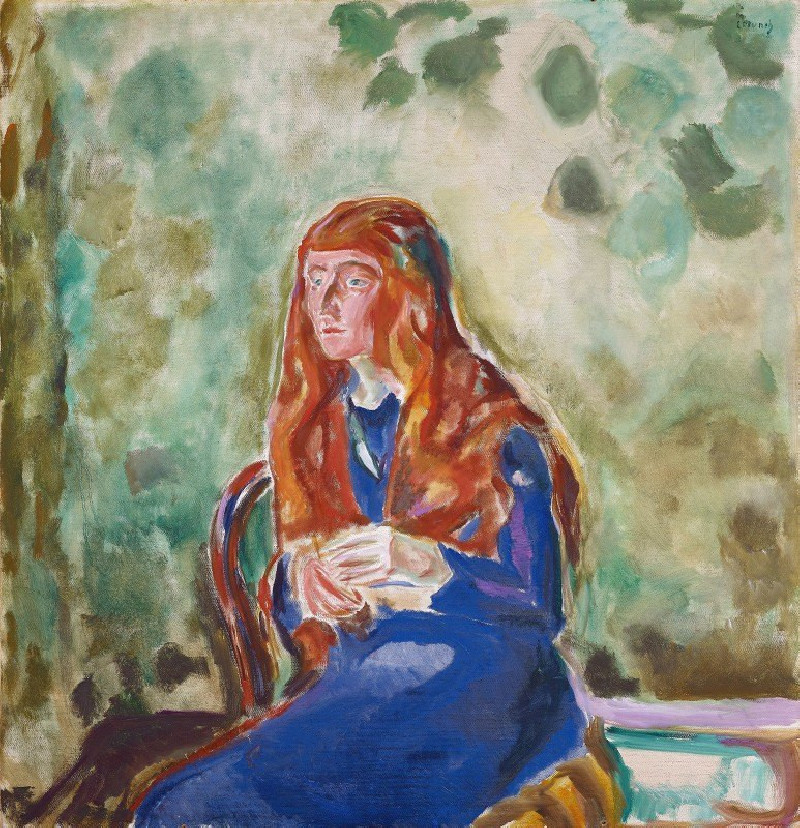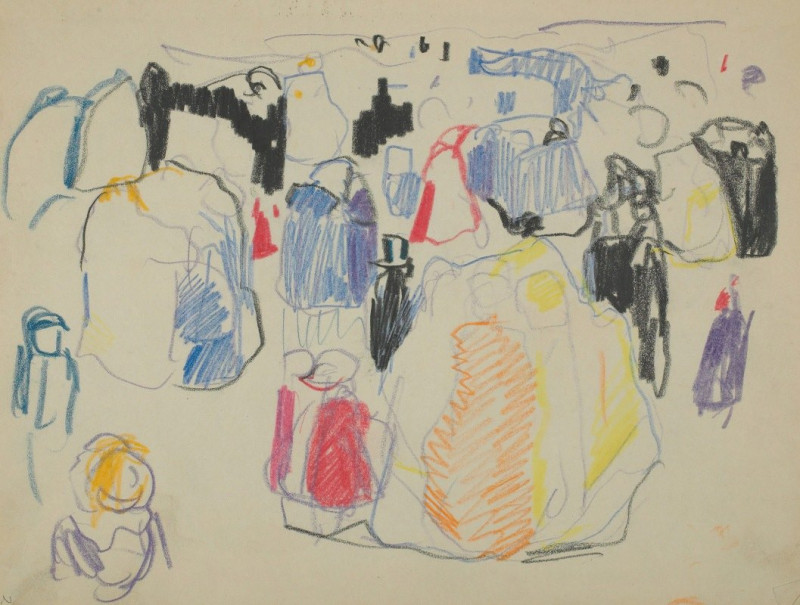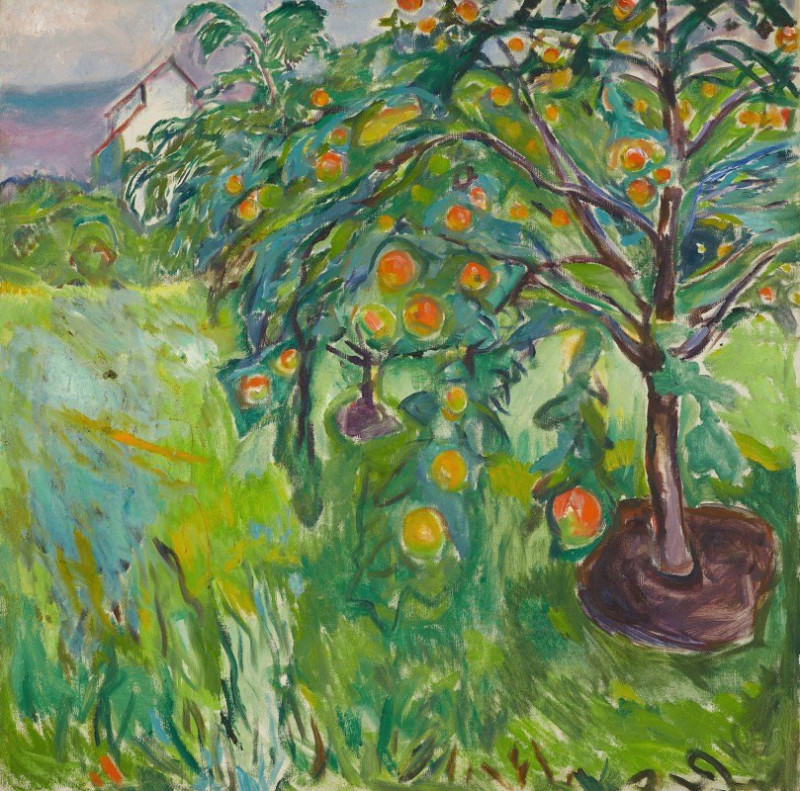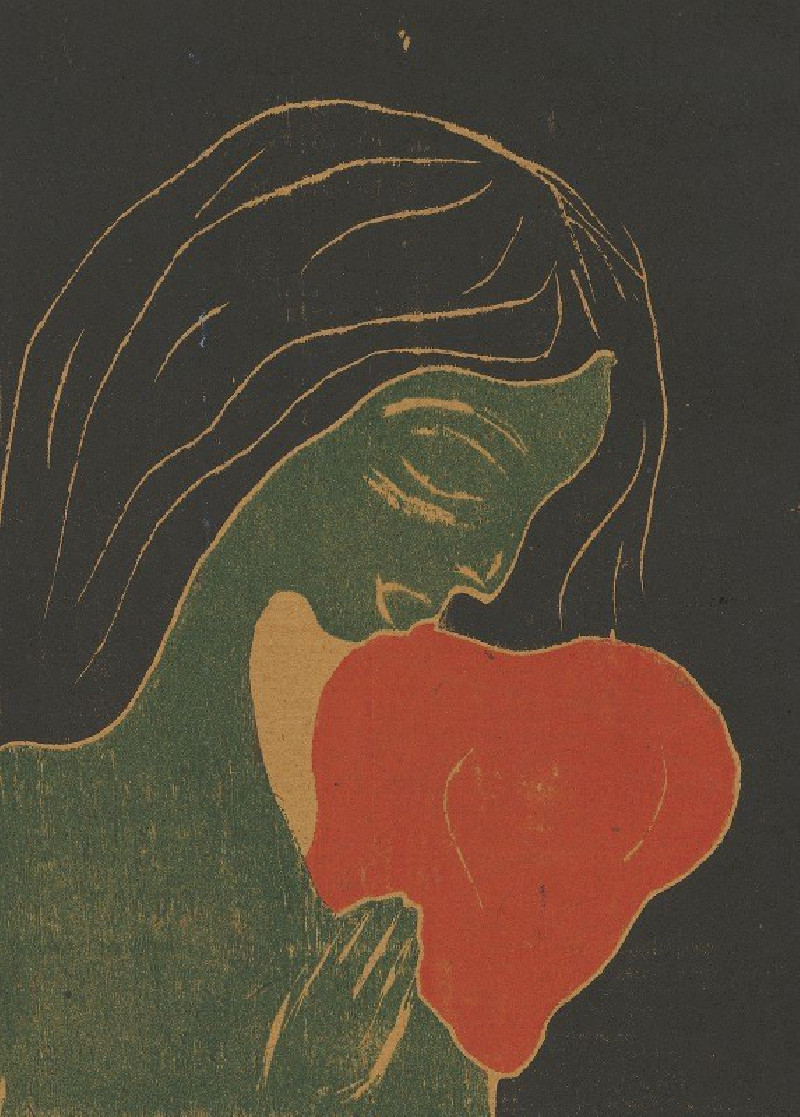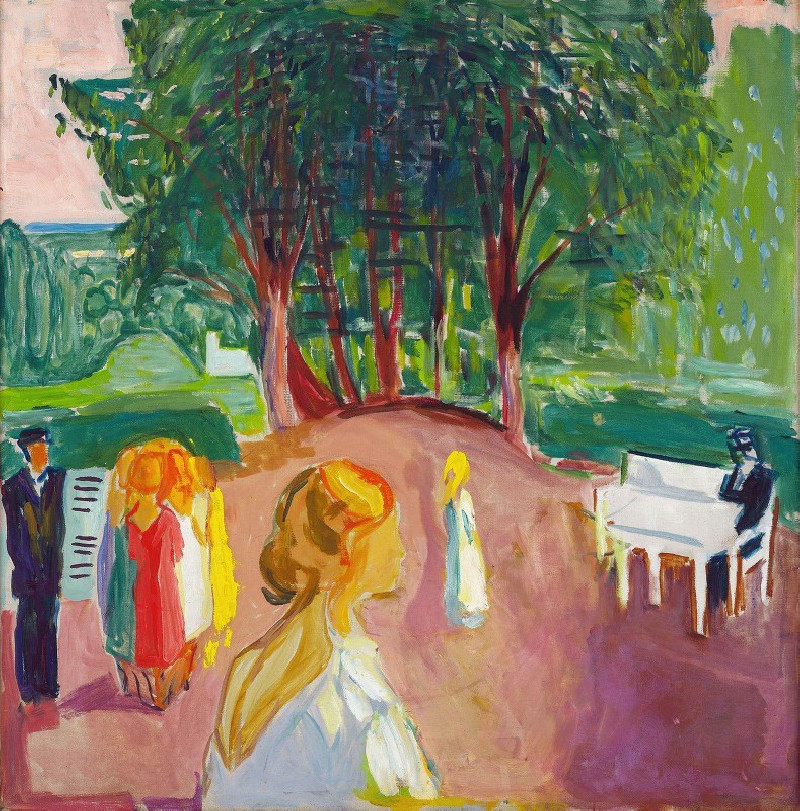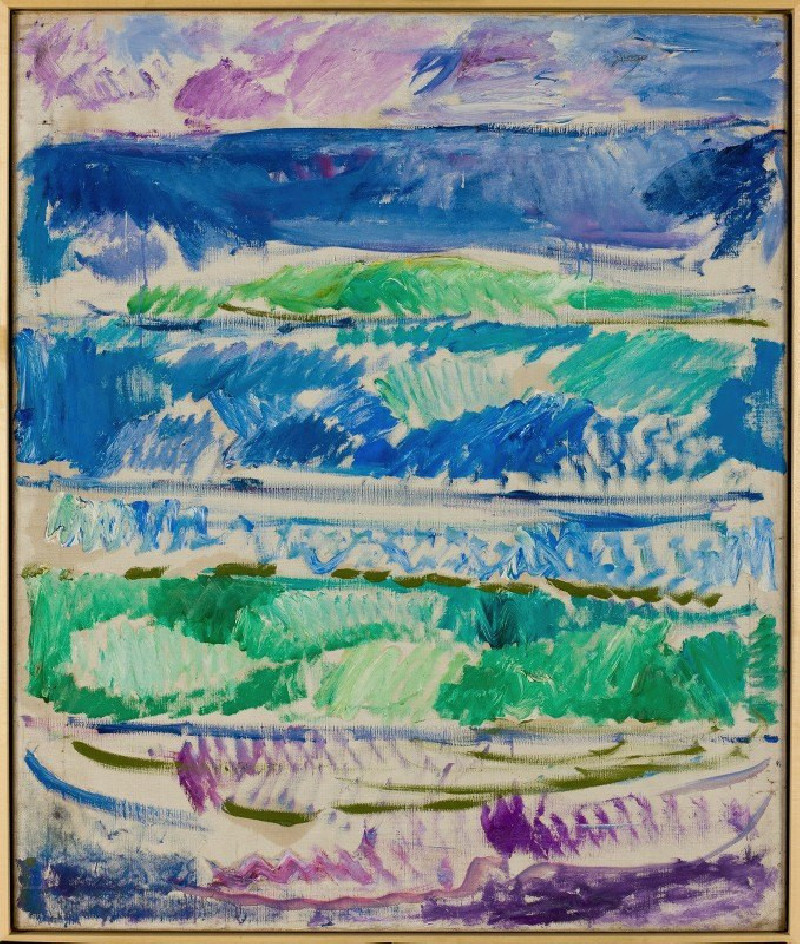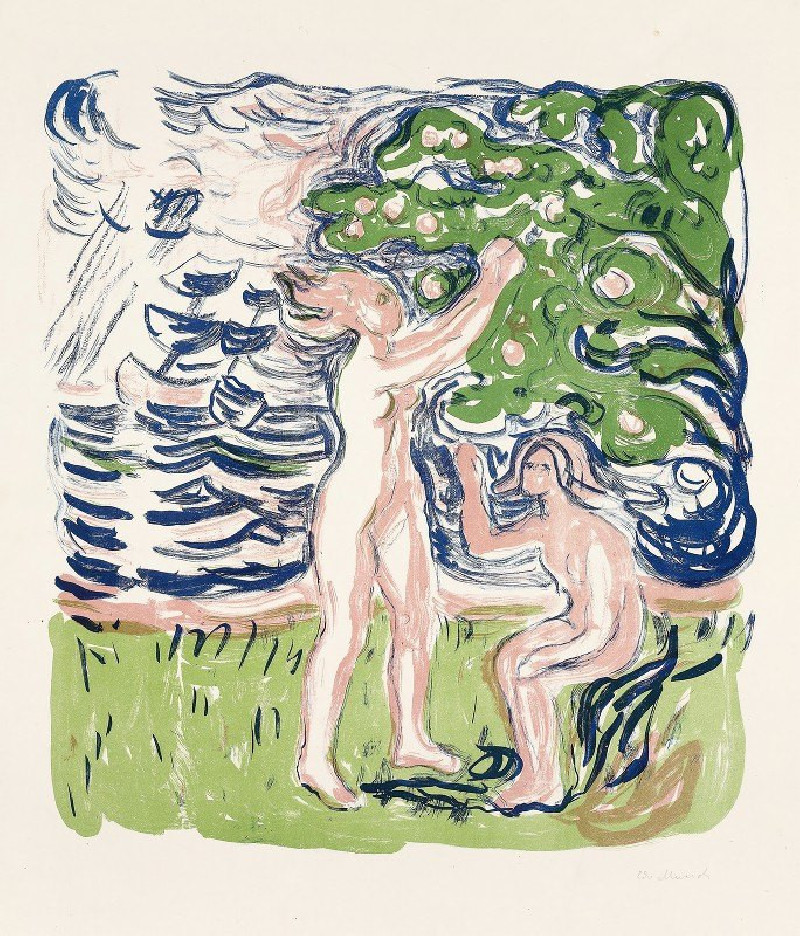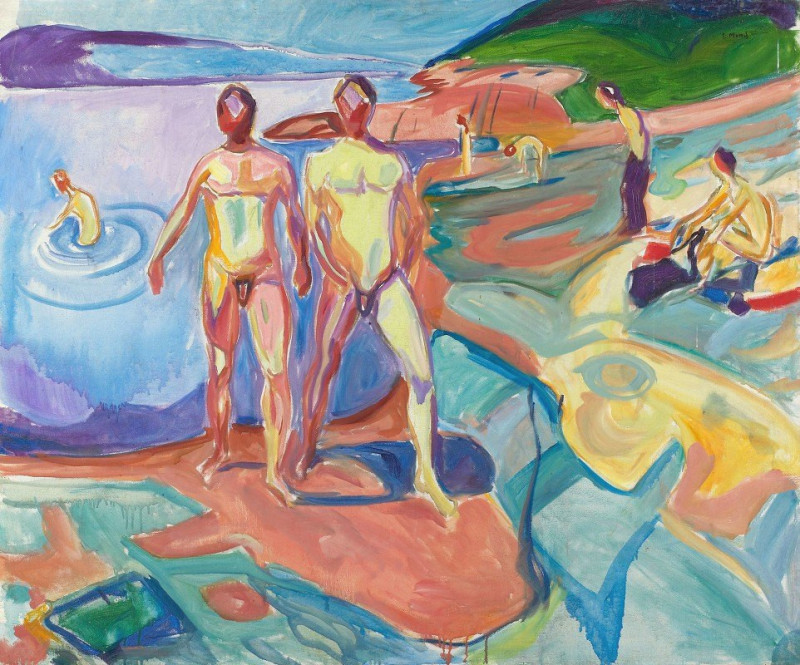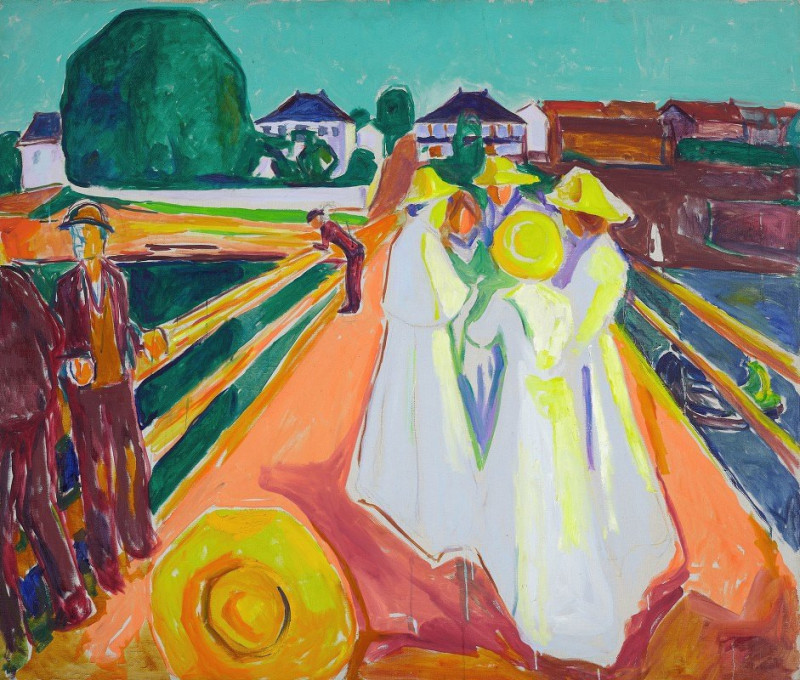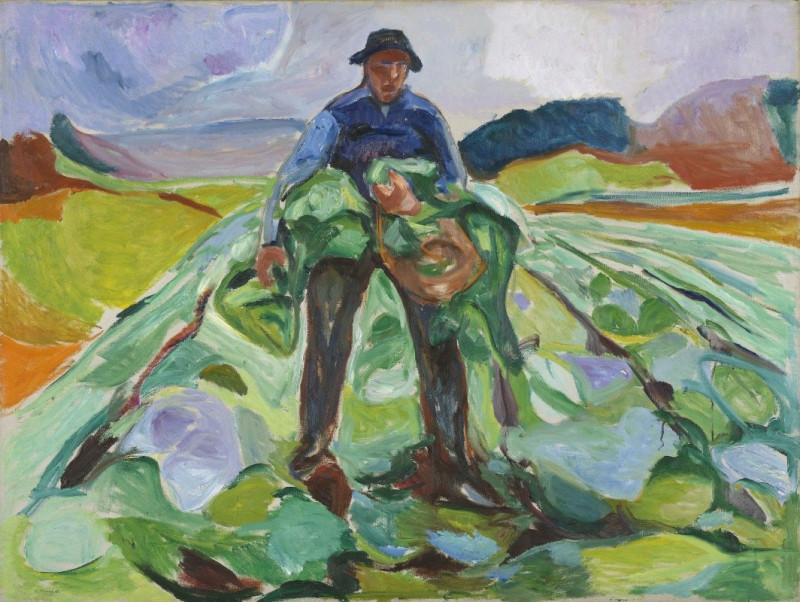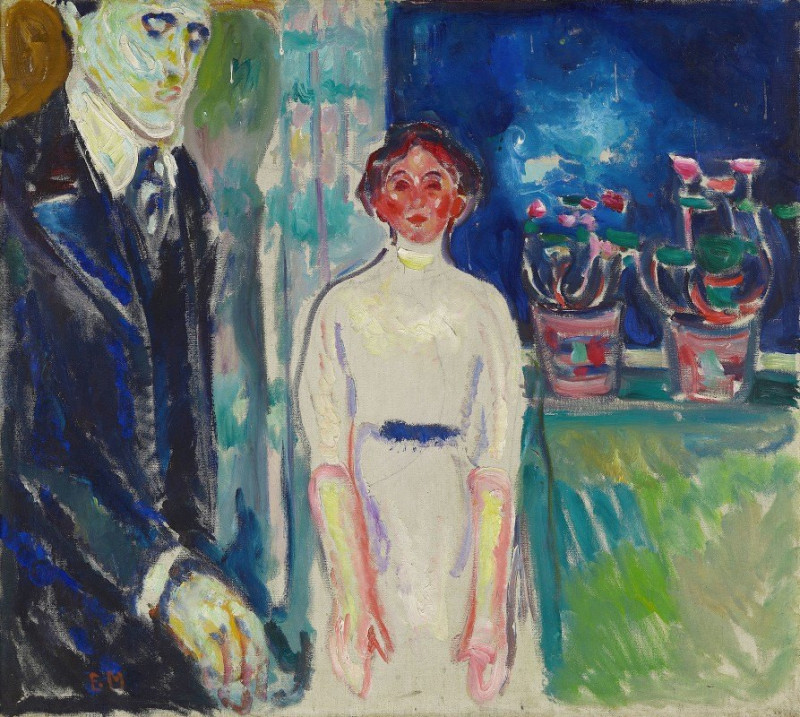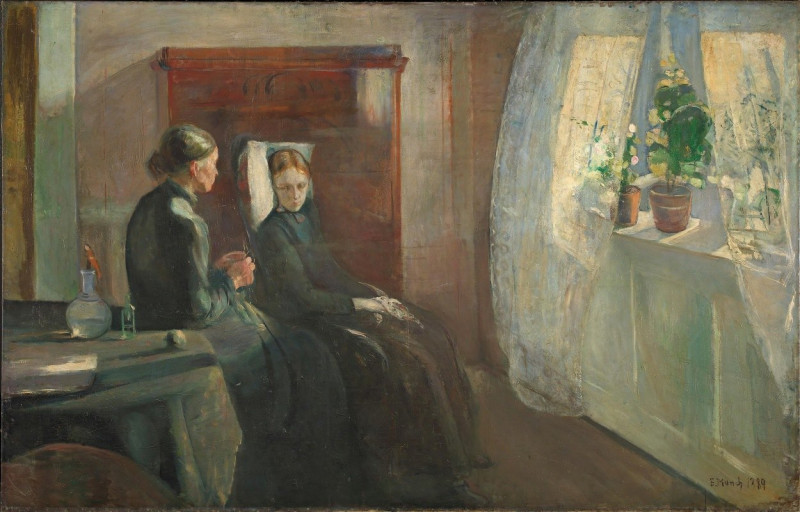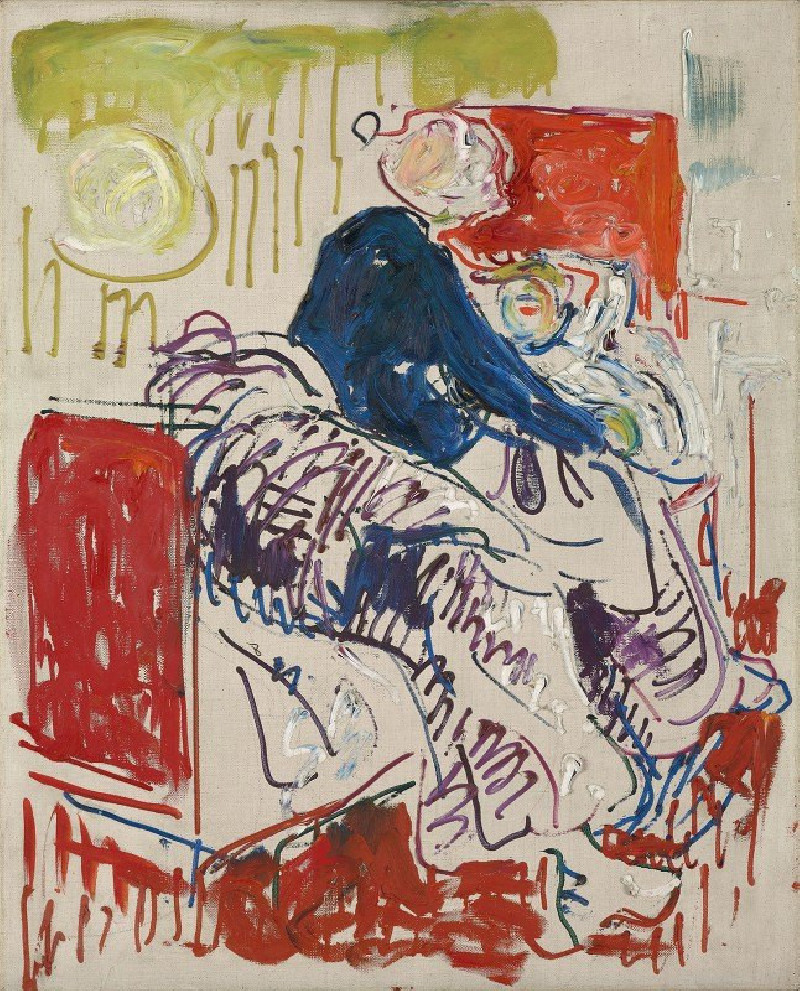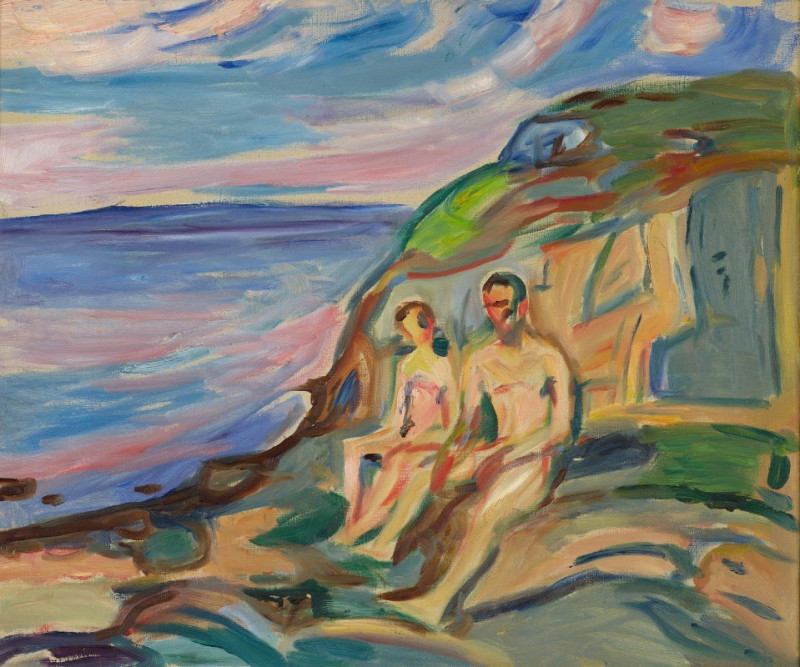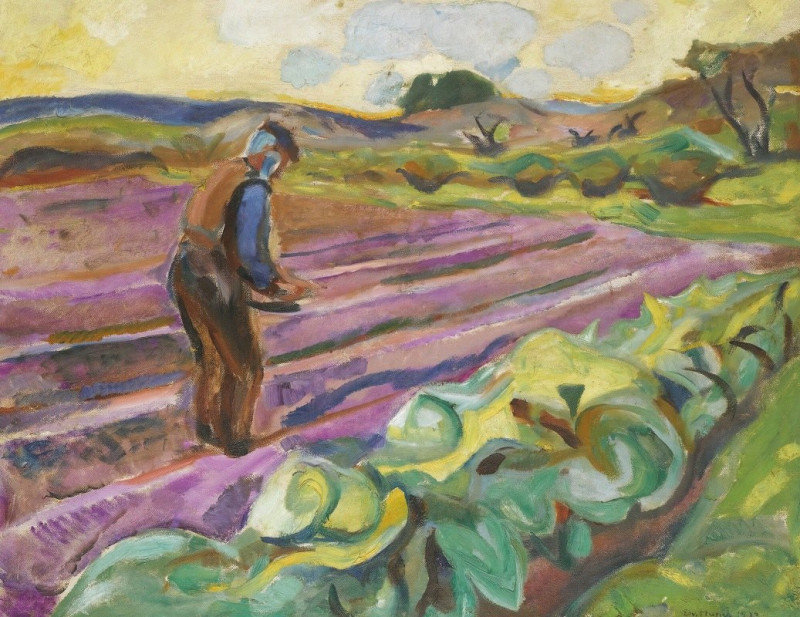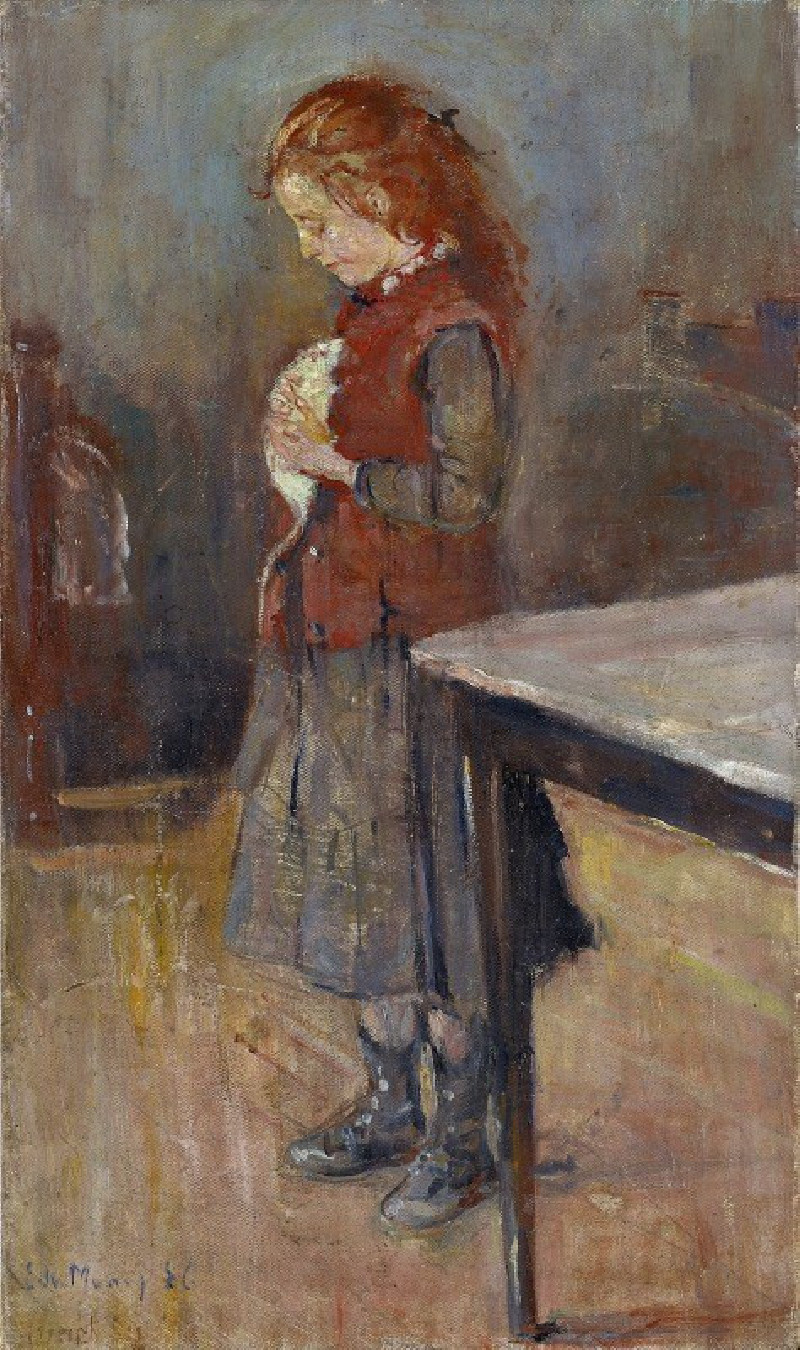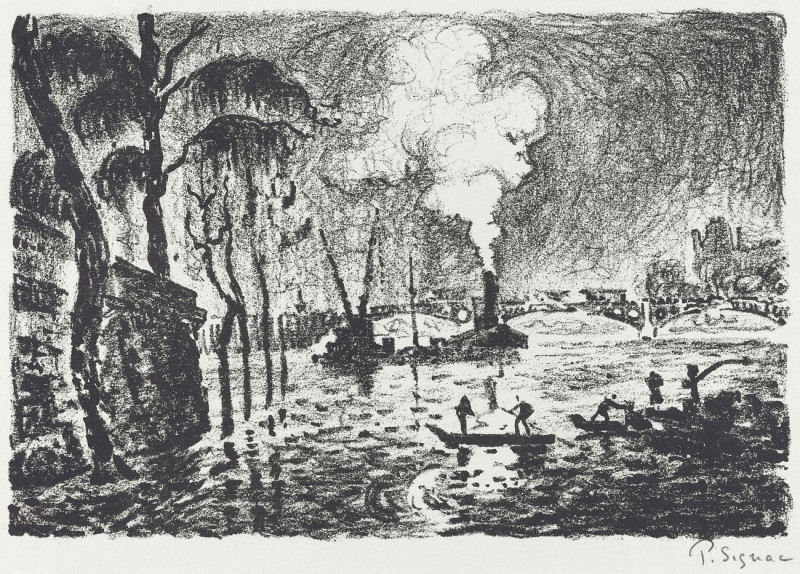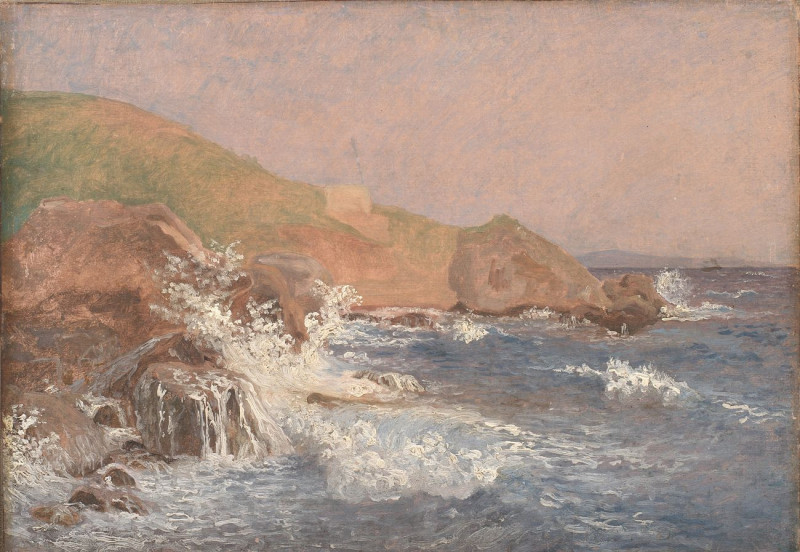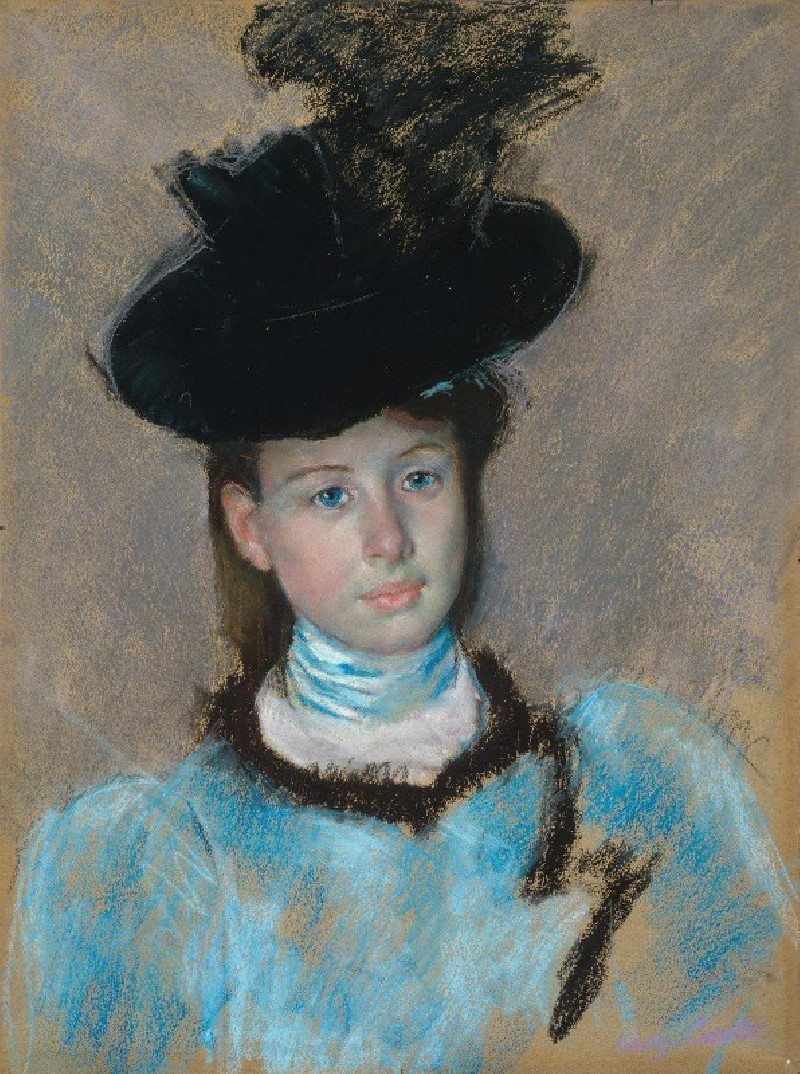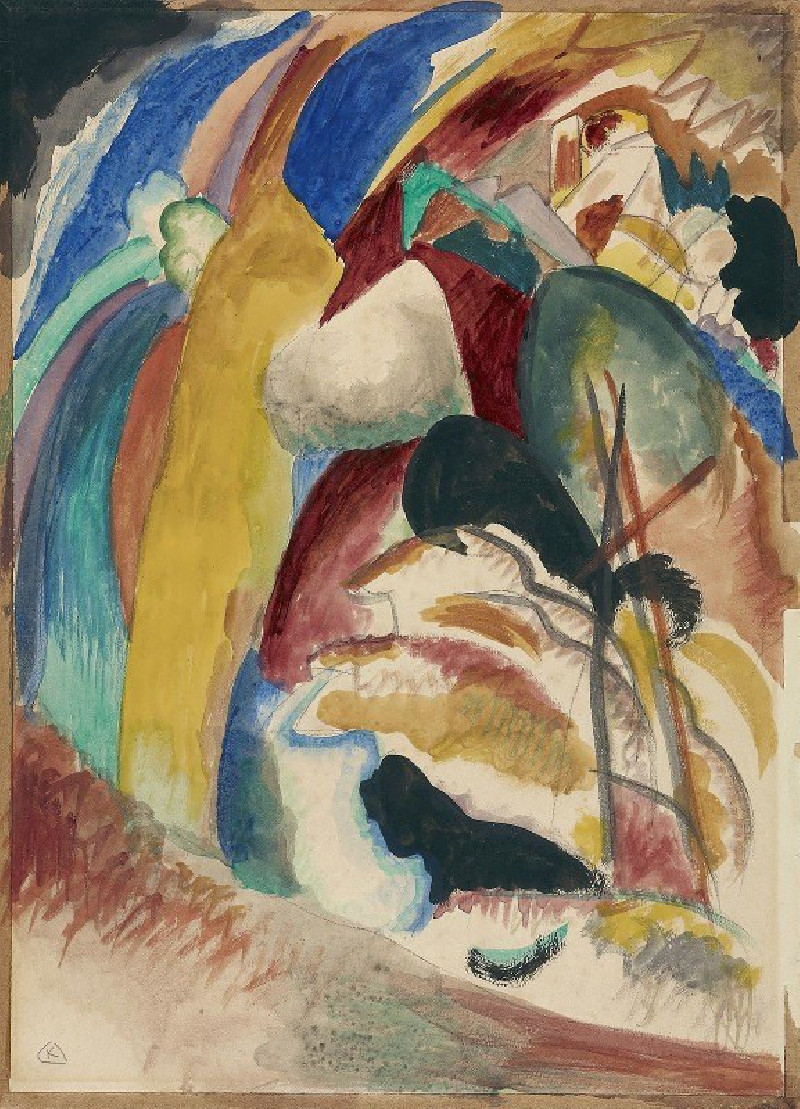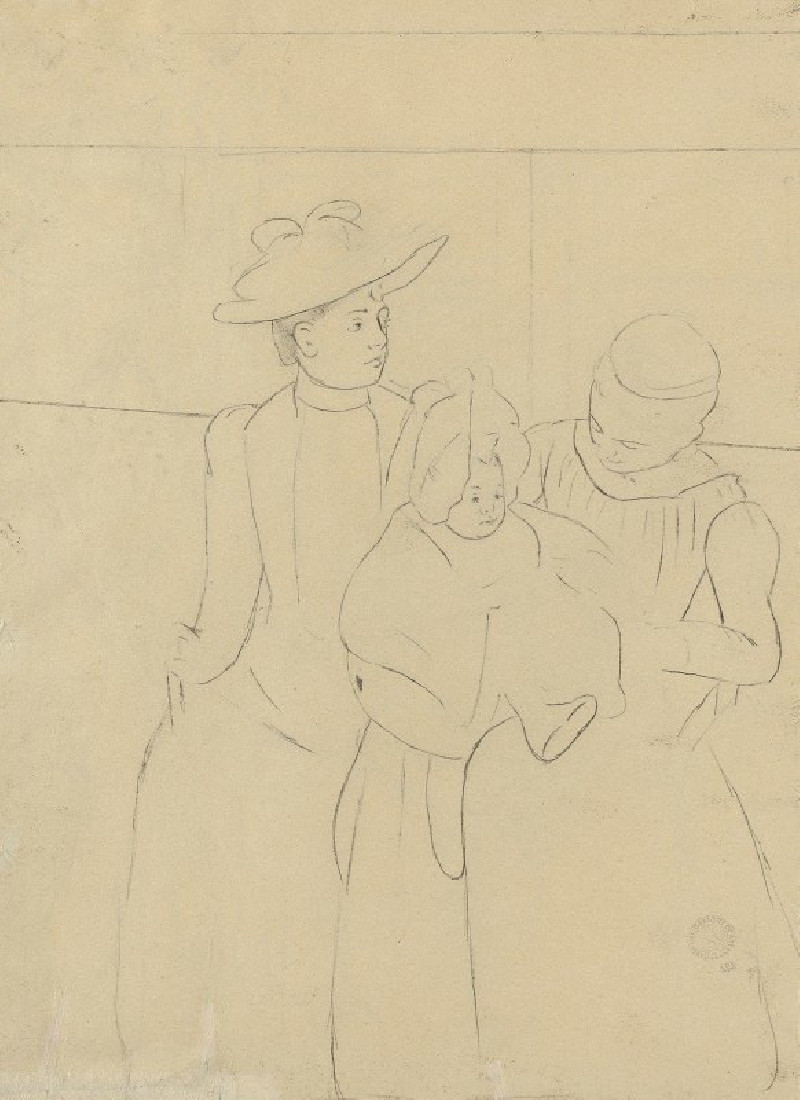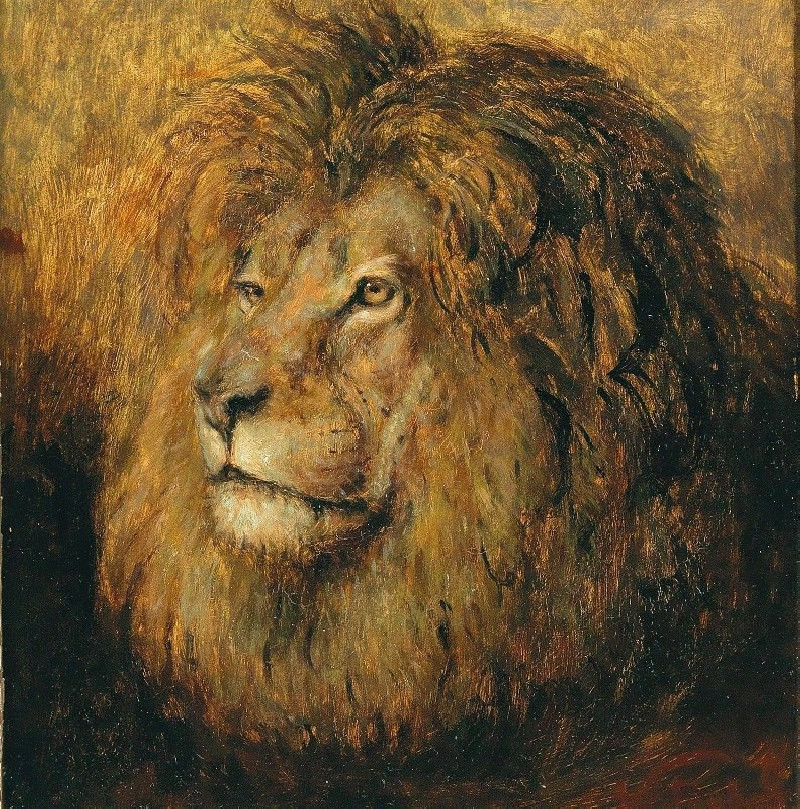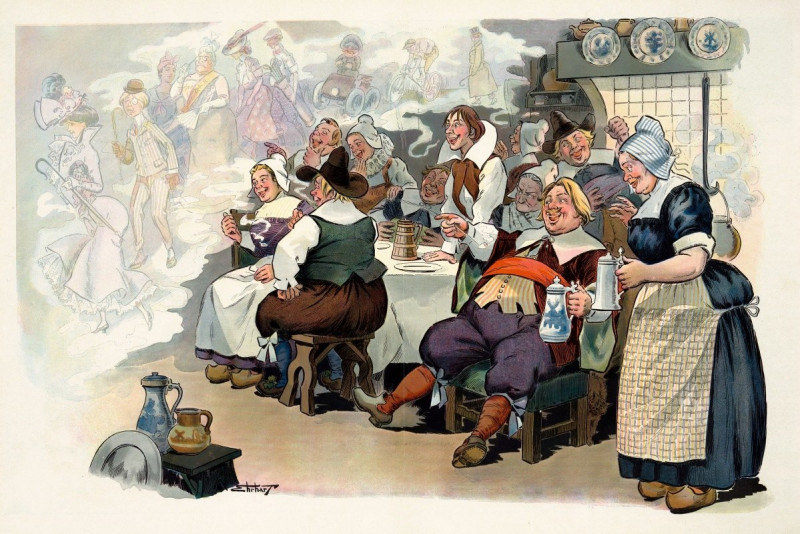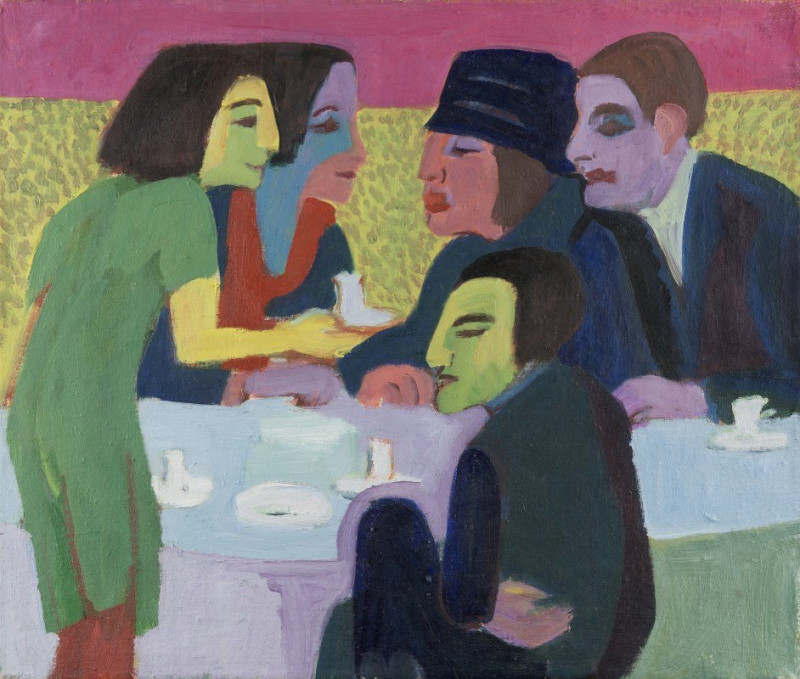Field in Snow (1907)
Technique: Giclée quality print
Recommended by our customers
More about this artwork
"Field in Snow" by Edvard Munch, painted in 1907, captures a vivid and rather unconventional winter landscape. Munch's unique style is evident here, with the use of bold, sweeping brushstrokes that contribute to a feeling of movement and fluidity, despite the stillness typically associated with snowy scenes. The colors are unusually vibrant for a depiction of snow, with shades of blue, pink, green, and yellow segmenting the fields, suggesting perhaps the presence or remnants of autumnal harvests beneath the snow's blanket.The composition is divided into ribbons of color that seem to undulate across the canvas. These ribbons might be paths or remnants of agricultural activity now blanketed by snow. The perspective is slightly elevated, giving viewers an expansive view over these color-streaked fields, towards a distant horizon where hints of dark blue hills or forests line under a dynamic sky, streaked with whites and blues. The sky itself contributes to the overall impression of a churning, lively atmosphere, echoing the turmoil perhaps felt by Munch himself during this period.The painting evokes a sense of isolation but also of continuity — the natural world's cycles persisting through the cold, with underlying warmth suggested by the patches of vivid color. It's a striking and emotive piece, reflective of Munch's expressionist approach, where the landscape becomes a canvas for exploring deeper emotional truths rather than a mere literal depiction of a winter's day.
Delivery
Returns
Edvard Munch (12 December 1863 – 23 January 1944) was a Norwegian painter. His best known work, The Scream (1893), has become one of Western art's most iconic images.
His childhood was overshadowed by illness, bereavement and the dread of inheriting a mental condition that ran in the family. Studying at the Royal School of Art and Design in Kristiania (today's Oslo), Munch began to live a bohemian life under the influence of the nihilist Hans Jæger, who urged him to paint his own emotional and psychological state ('soul painting'); from this emerged his distinctive style.



